The Importance of Having Realistic Expectations Before the Project Ever Starts
One of the most consistent issues that I hear from people who have been involved in construction projects, is disappointment. These displeasures show up in a variety of ways and most often it comes down to unrealistic expectations and less than desired results. This discontentment can come from either customers or contractors and usually the responsibility lies with both.
The solution to this problem also belongs to both.
As a customer you aren’t continuously involved in construction projects. You don’t have the experience and knowledge that construction professionals do. This is not to say that every person or company that claims to be a professional is. It’s important for you to know what you need in a contractor and take the time to find the right one for you and your project.
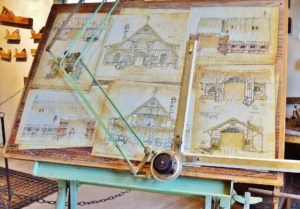 The excitement that comes with the beginning of a project starts to wain after a while. You just want to have your project, whether it is a big renovation or a small repair, done. You want to get your life back to normal as quickly as possible. Regular life is disrupting enough without a construction project, but to have trades people coming in and out of your home or business periodically and/or unexpectedly wasn’t a part of that initial excitement.
The excitement that comes with the beginning of a project starts to wain after a while. You just want to have your project, whether it is a big renovation or a small repair, done. You want to get your life back to normal as quickly as possible. Regular life is disrupting enough without a construction project, but to have trades people coming in and out of your home or business periodically and/or unexpectedly wasn’t a part of that initial excitement.
The best way for you to prepare for a construction project is to learn all you can about what is involved, before you start. Even small projects have several pieces that need to be fit together to achieve the desired outcome. This takes knowledge and experience to get these pieces to fit together at the right time and in the right way.
Watching home remodeling programs on television isn’t the best place to learn realistic expectations. Often these programs are more of a problem than a solution. Don’t get me wrong, there is a lot of valuable information that can be gleaned from these shows. The thing you need to realize is that the purpose of these programs is largely to generate viewers not create realistic expectations for your construction project.
This is why it is important to get the right contractor. If a contractor does their job well, all the various pieces will fit together in the way that you wanted. This doesn’t mean that it will be what you initially expected, but rather an informed realistic expectation. What is important for you as the customer to do is to know how to determine if a contractor is the best one for you.
There are several things to consider when looking for a contractor.
- First and foremost is compatibility. Are they going to be someone that you can work with day in and day out for the duration of the project? This is critical to the outcome.
- Second is honesty and integrity. Often you can tell this with a few conversations and can confirm it with references.
- Third is the experience and skill level. How long have they been doing construction and what types of projects have they done previously?
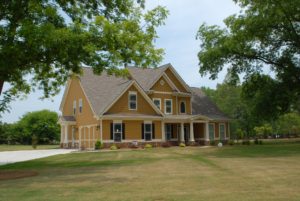 Projects rarely go the way the customer or the contractor think they should or would like, but this doesn’t mean that they need to be disappointing for either. The key is to plan and learn all that you can before you get too far into the process. If you will do this, you will decrease your chances of unrealistic and increase your chances of a wow project in the end.
Projects rarely go the way the customer or the contractor think they should or would like, but this doesn’t mean that they need to be disappointing for either. The key is to plan and learn all that you can before you get too far into the process. If you will do this, you will decrease your chances of unrealistic and increase your chances of a wow project in the end.



 The same is true for a construction project – what materials are going to be used, how much is going to be used and how well do you want it built? There is a wide variety of products out there and it is important that your contractor asks enough of the right questions to know what and how many ‘groceries are going in the bag’.
The same is true for a construction project – what materials are going to be used, how much is going to be used and how well do you want it built? There is a wide variety of products out there and it is important that your contractor asks enough of the right questions to know what and how many ‘groceries are going in the bag’.

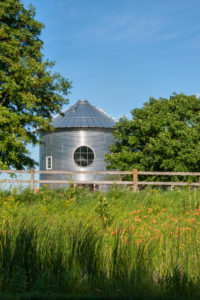 The tiny house epidemic has gone crazy. I understand the whole idea of living simply and downsizing. I even find the challenge of figuring out how to get the most function out of the small space fascinating.
The tiny house epidemic has gone crazy. I understand the whole idea of living simply and downsizing. I even find the challenge of figuring out how to get the most function out of the small space fascinating.

 Just recently I served as a professional witness in a small claims trial between a home owner and a contractor. Both sides had valid arguments, but the whole problem could have been avoided with better communication. The project was started without any written agreement. It was destined for problems from the very beginning. The contractor didn’t get paid for some of the time they had spent working. The home owner had to hire someone else repair some work that had been poorly done. They both had to pay court costs and neither won their case. When the trial was over it cost both parties more money, more time and more heartache.
Just recently I served as a professional witness in a small claims trial between a home owner and a contractor. Both sides had valid arguments, but the whole problem could have been avoided with better communication. The project was started without any written agreement. It was destined for problems from the very beginning. The contractor didn’t get paid for some of the time they had spent working. The home owner had to hire someone else repair some work that had been poorly done. They both had to pay court costs and neither won their case. When the trial was over it cost both parties more money, more time and more heartache.
 I was involved in a situation this week that is a good example of what can happen when there is little or no communication. I was in small claims court as a witness in a double law suit between a building contractor and their customer. The contractor sued for an unpaid balance for work performed. The customer counter-sued for inadequate and poor-quality workmanship. Both parties had legitimate claims and neither party won. When everything was over they both dropped their suits. What could have, no should have, been an enjoyable and rewarding experience for both, ended as a losing situation for everyone involved. This whole mess could have been avoided had they started communicating in the beginning. There was no written agreement of any kind, just a verbal agreement with an hourly rate. This left too many unanswered questions and assumptions.
I was involved in a situation this week that is a good example of what can happen when there is little or no communication. I was in small claims court as a witness in a double law suit between a building contractor and their customer. The contractor sued for an unpaid balance for work performed. The customer counter-sued for inadequate and poor-quality workmanship. Both parties had legitimate claims and neither party won. When everything was over they both dropped their suits. What could have, no should have, been an enjoyable and rewarding experience for both, ended as a losing situation for everyone involved. This whole mess could have been avoided had they started communicating in the beginning. There was no written agreement of any kind, just a verbal agreement with an hourly rate. This left too many unanswered questions and assumptions.
 DESIGN – When considering design, it is more about function and appearance. There are a huge variety of options available to choose from. This is one reason to start with a clear why. Design is an area that can make a big difference in the finished project. You need to be careful though because it is easy for the ‘bells and whistles’ to push the price beyond your budget.
DESIGN – When considering design, it is more about function and appearance. There are a huge variety of options available to choose from. This is one reason to start with a clear why. Design is an area that can make a big difference in the finished project. You need to be careful though because it is easy for the ‘bells and whistles’ to push the price beyond your budget.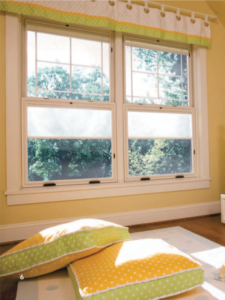 grilles. It may also be that you hope to change the view when looking through the windows. Grilles are a great way to do this.
grilles. It may also be that you hope to change the view when looking through the windows. Grilles are a great way to do this.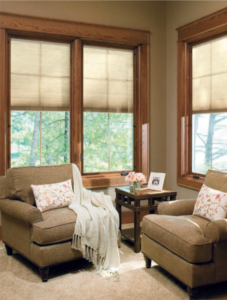 Wood – I like its stability and the option of having a stained wood interior.
Wood – I like its stability and the option of having a stained wood interior.
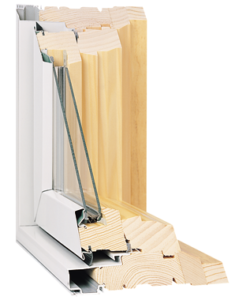


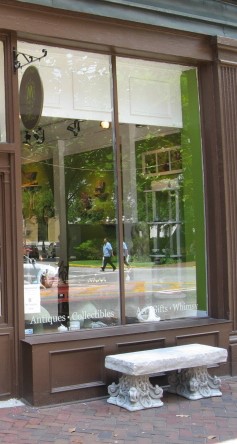
 Wood Benefits – Stability is the biggest benefit to wood framed windows. The wood frames expand and contract less with changing temperatures. This means the seals where the glass and the frame are connected are more likely to last longer.
Wood Benefits – Stability is the biggest benefit to wood framed windows. The wood frames expand and contract less with changing temperatures. This means the seals where the glass and the frame are connected are more likely to last longer.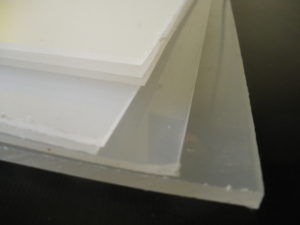 inyl Benefits – One good thing about vinyl is that it doesn’t rot or deteriorate from exposure to moisture.
inyl Benefits – One good thing about vinyl is that it doesn’t rot or deteriorate from exposure to moisture.
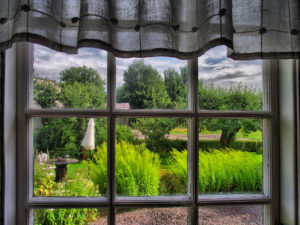 depressing. Even when it’s cloudy outside the natural light will brighten and energizes us. We aren’t intended to be cave dwellers. We need natural light both physically and emotionally.
depressing. Even when it’s cloudy outside the natural light will brighten and energizes us. We aren’t intended to be cave dwellers. We need natural light both physically and emotionally.

 down right impossible. Don’t get me wrong, the satisfaction that comes from doing a repair, changing a light switch or faucet, installing a window, building a deck or even remodeling a complete room can be extremely rewarding. The thing is, you better know what you are getting into before you start.
down right impossible. Don’t get me wrong, the satisfaction that comes from doing a repair, changing a light switch or faucet, installing a window, building a deck or even remodeling a complete room can be extremely rewarding. The thing is, you better know what you are getting into before you start.